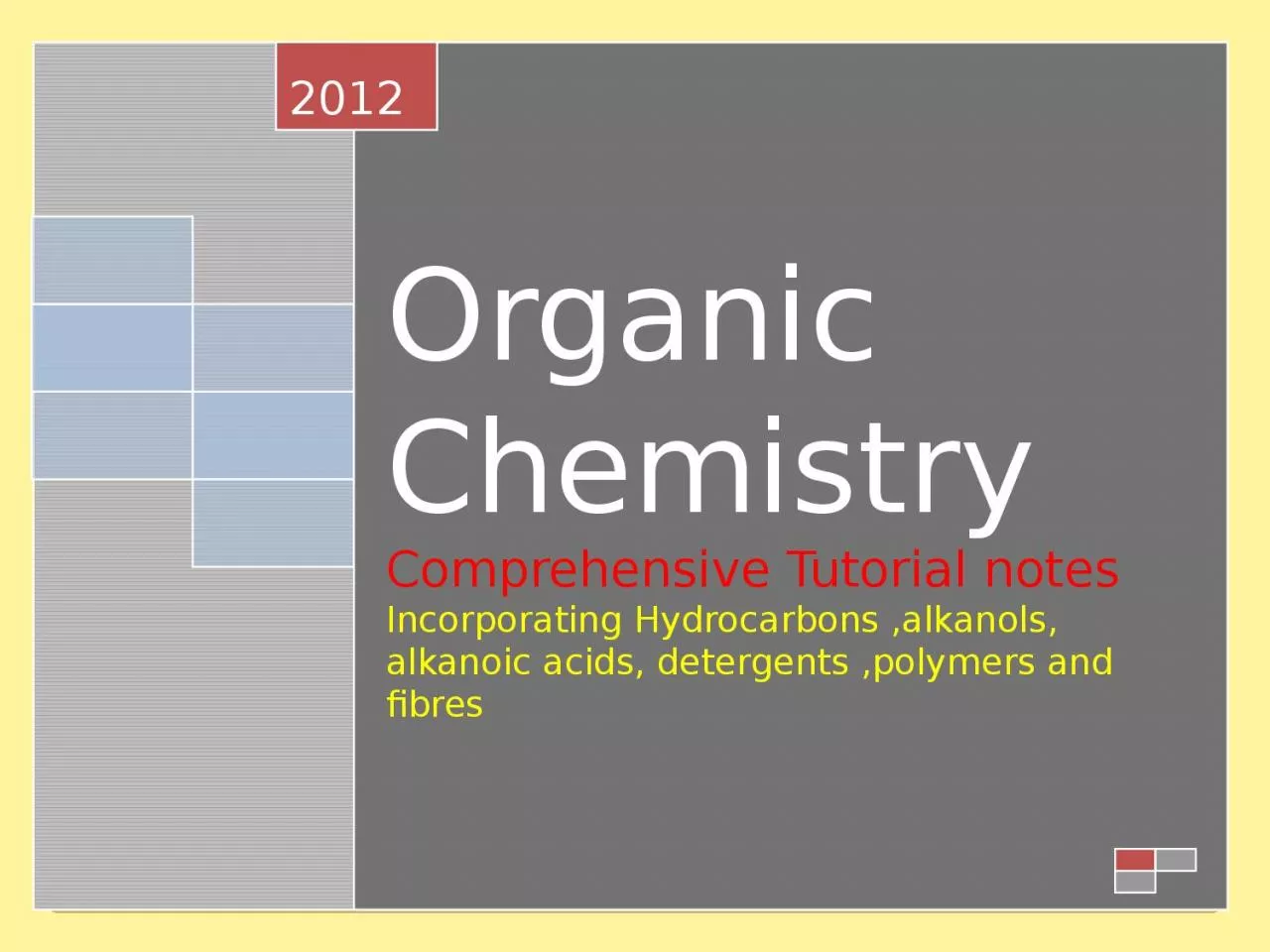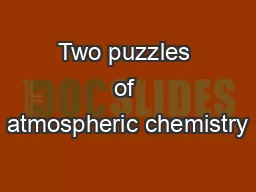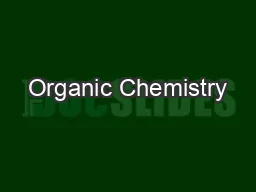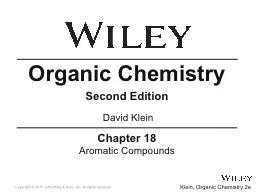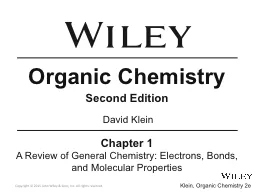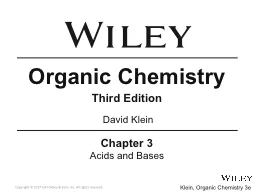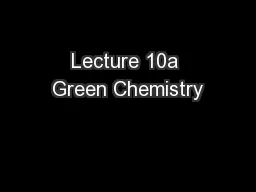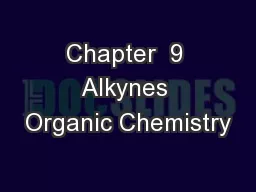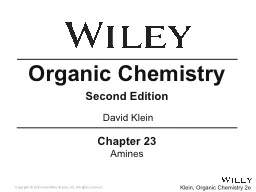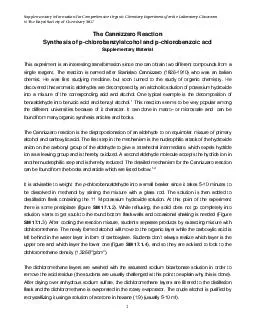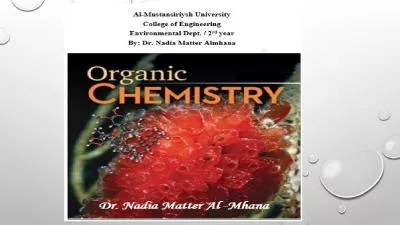PPT-Organic Chemistry Comprehensive Tutorial notes
Author : summer | Published Date : 2024-02-09
Incorporating Hydrocarbons alkanols alkanoic acids detergents polymers and fibres 2012 Legal caution Do not encourage your institution to be a user consumer
Presentation Embed Code
Download Presentation
Download Presentation The PPT/PDF document "Organic Chemistry Comprehensive Tutorial..." is the property of its rightful owner. Permission is granted to download and print the materials on this website for personal, non-commercial use only, and to display it on your personal computer provided you do not modify the materials and that you retain all copyright notices contained in the materials. By downloading content from our website, you accept the terms of this agreement.
Organic Chemistry Comprehensive Tutorial notes: Transcript
Download Rules Of Document
"Organic Chemistry Comprehensive Tutorial notes"The content belongs to its owner. You may download and print it for personal use, without modification, and keep all copyright notices. By downloading, you agree to these terms.
Related Documents

